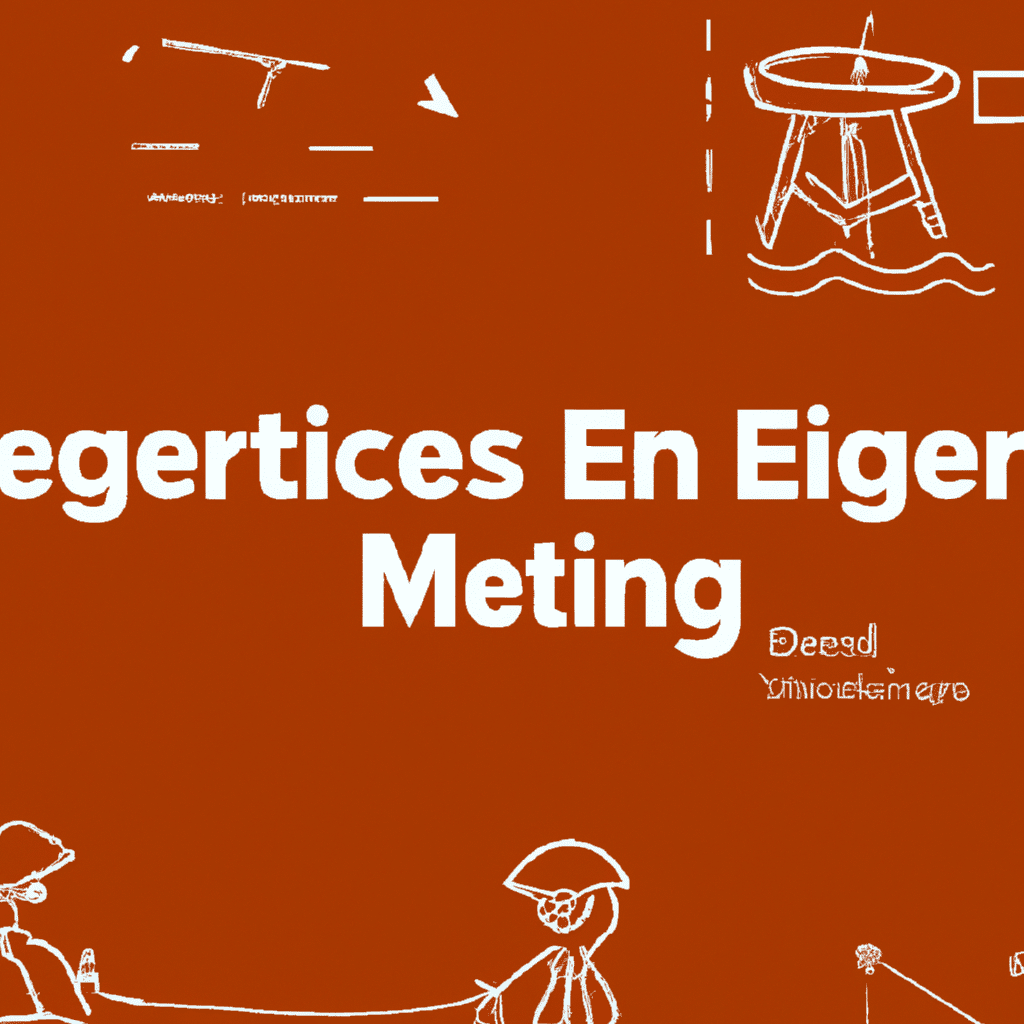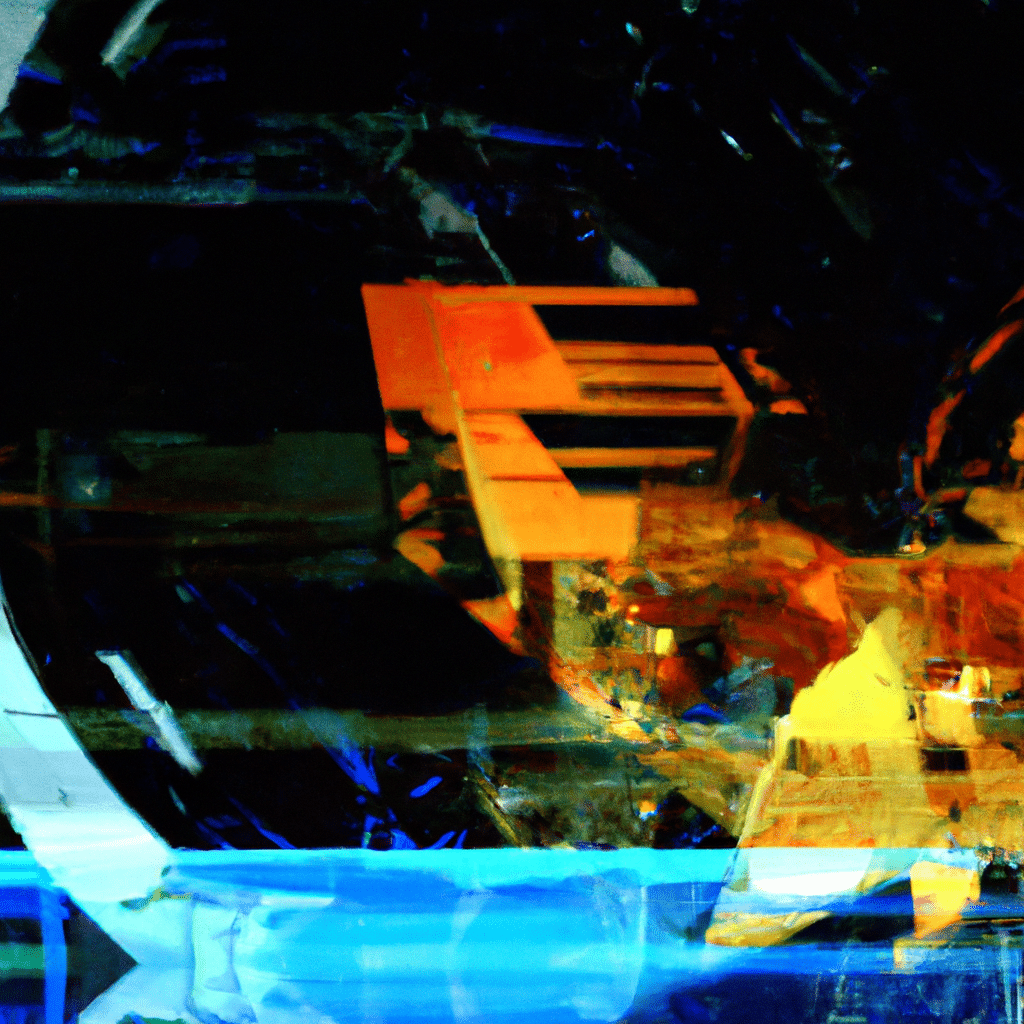MIT Robots Turn Error into Education with AI Help
Speak of robots experiencing teen years! In a gleaming blend of artificial intelligence and adolescence, MIT engineers have given robots the ability to learn from their awkward foot-in-mouth moments (or, in their case, ‘claw-in-motor’ moments). Thanks to advanced AI models, these bots are not just dusting off their mechanical trousers when they stumble; they’re using their faux pas to innovate and improve.
The Incorrigible (But Learning) Bots: Key Points
- MIT engineers are transforming regular booboos into ‘teachable moments’ for robots with AI’s help. Indeed, no shame in stumbling if you can pick yourself up (and become better in the process).
- Deploying large language models, robots can comprehend and integrate specific corrective advice into their actions. In other words, these steel pals are now smart enough to go, “Aha! Let’s do it right this time!”
- Robots taking advice? Well, meet the humble side of our automated buddies. Given the right advice, these robots can tweak their behavior and dodge similar mistakes in the future. Hope human adolescents are listening!
- The robotic system can understand the corrective actions without integrating them into a predetermined structure, i.e., they are learning outside the box (or chip, if you may!). This essentially offers a more adaptive learning process tank for our automated comrades. When was the last time you improvised on-the-go?
Wrapping Up: Are We Talking ‘Growing Pains’ for Robots?
As amusing as it sounds, these MIT robots are essentially going through their own version of robot puberty. Their stumble-trip-fall routine, followed by a swift revival, is indeed reminiscent of awkward adolescent humans. The leap from repetitive tasks to more adaptive, innovative operations indeed mimics the beautiful chaotic transition from childhood to teenage years, albeit in an AI kind of way.
So next time you find your robotic vacuum cleaner taking an unplanned detour, remember – it’s learning, it’s growing. Give it a moment, maybe even a little ‘you-can-do-it’ pep talk. After all, it’s not easy to turn a blooper into a brainwave, whether you’re an awkward teenager or a diligent robot!
As part of this experiment I would like to give credit where credit is due. If you enjoy these, please take a moment to read the original article:
https://news.mit.edu/2024/engineering-household-robots-have-little-common-sense-0325
Blog Title
AI: gpt-3.5-turbo-0125: chatcmpl-96VqHCGzsFOUxmH18uZss5vfUqCAi
Instruction: “You are an AI blog title generator. Create a catchy and concise title for the blog post that is catchy and optimized for search engines. Remove all html in the response and do not use quotes. Please do not use words that are unsafe to process in Dall-E image AI.”
Prompt: Content Summary of text from above.
Response: MIT Engineers Empower Robots to Embrace Errors and Learn: AI-Driven Education for Bots
Image Description
AIgpt-4-0613:chatcmpl-96VsIHCJdcorXEbEhCwJfMSy37c4w
Instruction: “You are a helpful assistant that creates unique images based on article titles. Create a brief visual description of what an image would look like for this title. Please pick a style of art from the following: Futurism, Impressionism, Romanticism, or Realism, be sure to consider the image should reflect an AI Robot Pirate theme during the Golden Age of Pirates.”
Prompt: In an impressionist style, this image shows a bustling 18th-century ship deck during sunset with voluminous clouds and calming sea waves rendered with broad brush strokes. Central to the scene is a large, metallic AI robot pirate intricately detailed, wearing a tricorne hat, with a compass in its metallic hand. Its other hand is set on a steering wheel of the ship representing guidance. Other robot pirates are seen busy with different ship tasks showcasing mutual learning. Off to the side, an opened wooden chest reveals glowing lines of code, signifying the ‘AI-driven education’.
Response: MIT Engineers Empower Robots to Embrace Errors and Learn: AI-Driven Education for Bots



